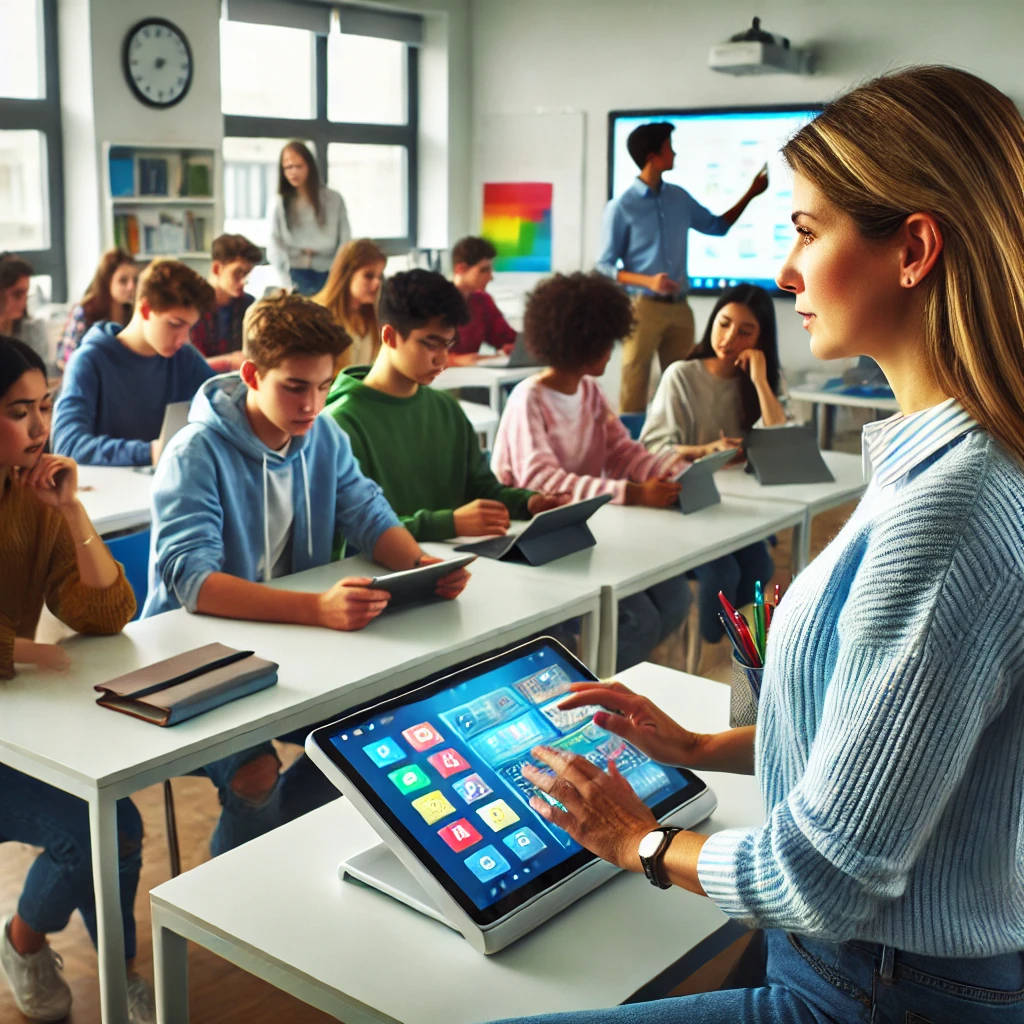Introduction
As we approach 2024, the educational landscape continues to shift with technological advancements and changing student demographics. Educators face the dual challenge of keeping up with digital trends while ensuring that teaching methods meet the diverse needs of today's learners. This blog post delves into effective teaching strategies that promote engagement and facilitate deeper learning, tailored for the modern classroom.
Understanding Modern Students
Today's students, primarily from Generations Z and Alpha, are digital natives who prefer interactive and multimedia learning experiences over traditional lecture-based methods. A recent study by the Educational Research Association highlights that 75% of students perform better when engaged through interactive lessons that incorporate technology.
Key Strategies:
- Personalized Learning: Tailor lessons to meet individual student strengths and weaknesses, accommodating different learning speeds.
- Active Learning Environments: Encourage student-led discussions, project-based tasks, and problem-solving sessions to boost participation and critical thinking.
Top Teaching Strategies for Today
To keep students engaged, educators must continuously evolve their teaching techniques. Here are some of the most effective strategies proven by recent educational research:
- Flipped Classrooms: This strategy involves students learning new content at home through videos or readings, then applying the knowledge in class through collaborative activities. This reversal of traditional homework and lecture roles has been shown to increase student mastery of subjects and engagement.
- Gamification: Incorporating game elements into learning activities can significantly increase engagement and motivation. Tools like Kahoot! and Quizlet transform traditional learning into an interactive experience.
- Collaborative Learning: Group work helps students develop communication skills and learn from peers. Setting up classroom projects where students can collaborate in person or through digital platforms like Google Classroom fosters a sense of community and shared responsibility.
Incorporating Technology in Teaching
Integrating technology in education isn't just about using the latest gadgets; it's about enhancing educational accessibility and engagement. Effective tools include:
- Interactive Whiteboards: These allow for dynamic lessons where students can interact directly with the material displayed.
- Virtual Reality (VR): VR can transport students to different times and places, offering immersive learning experiences impossible in a traditional classroom.
- Learning Management Systems (LMS): Platforms like Canvas and Blackboard help streamline course management and provide valuable analytics on student performance.
Measuring Student Engagement and Success
To evaluate the effectiveness of new teaching strategies, educators need robust methods for measuring student engagement and success:
- Analytics in Educational Technology: Most LMS platforms offer built-in analytics to track student progress and identify areas where they might be struggling.
- Feedback Mechanisms: Regular feedback through digital surveys can provide insights into student perceptions and effectiveness of teaching methods.
- Case Studies: Documenting specific instances of successful strategies can serve as a blueprint for future teaching plans.
Conclusion
As we look to 2024, the adoption of innovative teaching strategies is essential for creating engaging and effective learning environments. By embracing these methods, educators can not only enhance student engagement but also improve educational outcomes. We encourage all teachers to experiment with these strategies, reflect on their impacts, and continue to evolve their approaches to meet the needs of their students.
Final Thoughts
Remember, the goal of modern education is to equip students with the skills necessary to succeed in a rapidly changing world. By integrating these effective teaching strategies, educators are not just teaching; they are empowering students to thrive.





